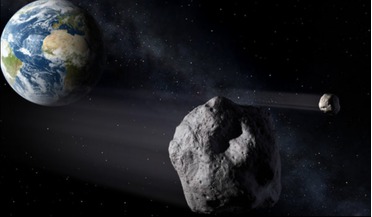 01 July 2016
Asteroid Day was celebrated on June 30 – but what was it all about?
01 July 2016
Asteroid Day was celebrated on June 30 – but what was it all about?
... out of orbit, potentially setting the asteroid on a collision course with Earth. Asteroids are often confused with meteors – typically a much smaller rock that enters the Earth's atmosphere and vaporizes (more commonly known as a shooting...
 18 October 2016
Plans for first ever Space nation "Asgardia" announced today
18 October 2016
Plans for first ever Space nation "Asgardia" announced today
... radiation from nuclear reactions in novae, supernovae and pulsars; and the danger of Earth infection by microorganisms from meteors and other small celestial bodies. The third goal is to create a demilitarized and free scientific base of knowledge...
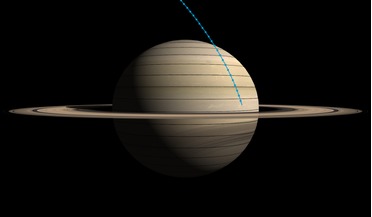 15 September 2017
A sad farewell as Cassini takes its final plunge...
15 September 2017
A sad farewell as Cassini takes its final plunge...
... be its demise. Very shortly Cassini is due to dramatically plunge into Saturn’s atmosphere to burn up and disintegrate like a meteor, all the while ensuring every last scrap of information can be passed on, as the spacecraft's antenna will keep...
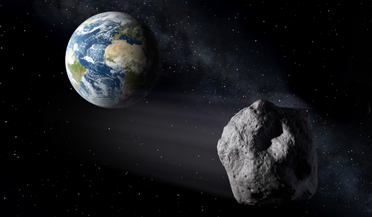 29 April 2019
Preparing for an asteroid impact - test underway now!
29 April 2019
Preparing for an asteroid impact - test underway now!
... the asteroid’s mean size could be anywhere from 100-300 meters. For comparison, the 2013 Chelyabinsk meteor event – the only known such incident in modern times – injured around 1200 people (no fatalities) and it was...
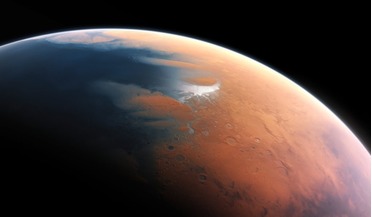 07 August 2019
Crater evidence points to a past mega-tsunami on Mars
07 August 2019
Crater evidence points to a past mega-tsunami on Mars
... features. Those signs have been spotted in Lomonosov crater; a huge depression, likely moulded by a 14.5-by-19 kilometre meteor, surrounded by a substantial region of relatively smooth terrain known as Vastitas Boreali – the largest lowland region...
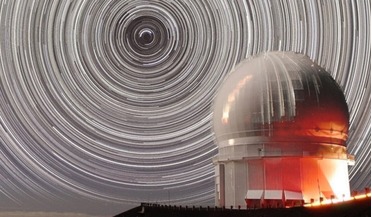 14 August 2019
Protesters block asteroid detection safety work
14 August 2019
Protesters block asteroid detection safety work
... 20 to 50 m in diameter. Tholen thinks it’s 30 m, “give or take”. By comparison, scientists think the asteroid that created Meteor Crater in the US state of Arizona was 40 to 50 km in diameter. Shortly after confirmation of 2006 QV89, the Center for...